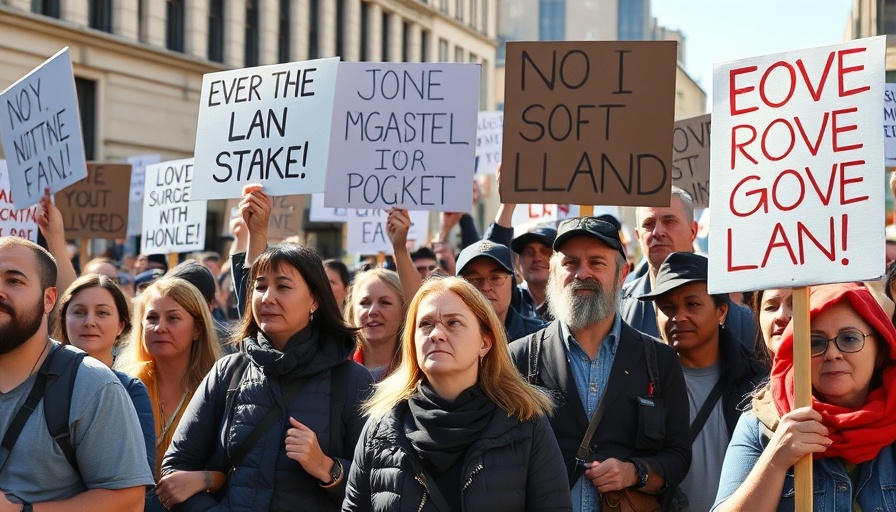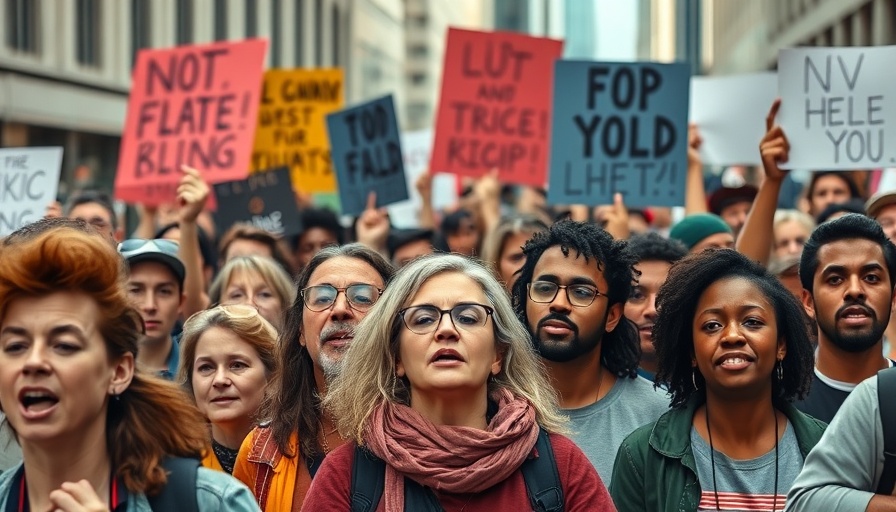
A Landmark Achievement for Urban Wildlife Conservation
The Robert L. B. Tobin Land Bridge, a marvel of design and ecological restoration, has recently earned the American Society of Landscape Architects (ASLA) Honor Award for General Design, marking a significant win for San Antonio. This innovative structure is not just a bridge; it symbolizes a concerted effort to meld urban infrastructure with environmental stewardship. Completed in December 2020, the bridge spans 175 feet across Wurzbach Parkway, reuniting sections of Phil Hardberger Park and addressing the urgent issue of wildlife collisions caused by urban development.
Why the Tobin Land Bridge Matters
This dual-purpose structure is the first of its kind in the United States, effectively catering to both human pedestrians and wildlife. Its design allows for a seamless flow of animals, enhancing their safety as they navigate the landscape. Melissa Kazen, executive director of the Phil Hardberger Park Conservancy, succinctly summarizes its significance: "The bridge accommodates both wildlife and humans." This feature sets a precedent for future urban developments by demonstrating that infrastructure can enhance, rather than obstruct, natural habitats.
A Model for Future Urban Developments
The ASLA Honor Award, which will be presented in October at the annual ASLA Conference in New Orleans, validates years of effort put into a project that transcends mere functionality. Stimson Studio's founder, Stephen Stimson, emphasized that the intention was to create more than just infrastructure: "We set out to create something more than infrastructure — an extension of the land, a new home for native species and a place for people to reconnect." This vision has resulted in a project that acts as a bridge in more ways than one, supporting biodiversity and enhancing public space.
Community Investment Yields Comprehensive Benefits
The land bridge was funded through a combination of a voter-approved bond and various grants, reflecting strong community support for ecological initiatives. Back in 2017, voters backed a $13 million bond intended to enhance local parks and green spaces, which highlights a commitment to preserving ecological integrity amidst urban growth. By fostering local wildlife habitats and connecting fragmented ecosystems, the land bridge is deemed a valuable community investment.
Bringing Wildlife Back: Habitats Replenished
The proactive design of the Tobin Land Bridge has successfully led to the reintroduction of over 50 native species to the area, restoring a crucial ecological corridor. Before the first anniversary of the bridge, various species, including bobcats, white-tailed deer, and ringtail cats, were captured on trail cameras, showcasing the land bridge’s role in revitalizing local wildlife populations. This not only enriches the biodiversity of Phil Hardberger Park but also offers educational opportunities for the public, emphasizing the importance of coexistence with nature.
An Award-Winning Legacy
Kazen mentions that the bridge has garnered a multitude of local and state accolades, yet the recognition from ASLA represents its first national acknowledgment—an achievement that reflects the bridge's innovative design and ecological promise. "I hope this will help other communities solve habitat fragmentation and wildlife vehicle collisions in an innovative way," Kazen stated, suggesting that the bridge serves as both an inspiring project and a roadmap for future urban ecological initiatives.
Conclusion: A Blueprint for Urban Ecosystems
The Robert L. B. Tobin Land Bridge stands as a testament to what can be achieved when community vision and ecological responsibility converge. As urban areas continue to grow, this project highlights the necessity of integrating natural habitats within city landscapes, presenting an approach that prioritizes both infrastructure and ecology.
Residents of San Antonio can take pride in this landmark achievement and can look forward to how it inspires innovative solutions for urban wildlife conservation in other cities.
 Add Row
Add Row  Add
Add 




Write A Comment